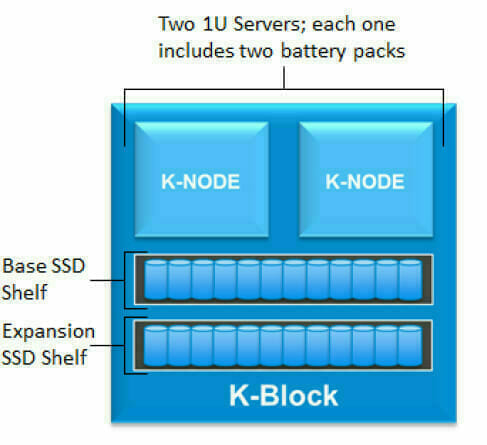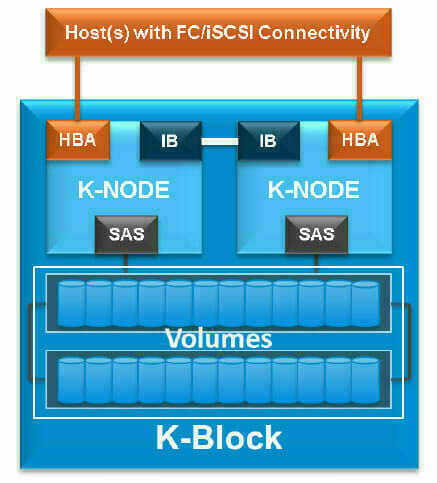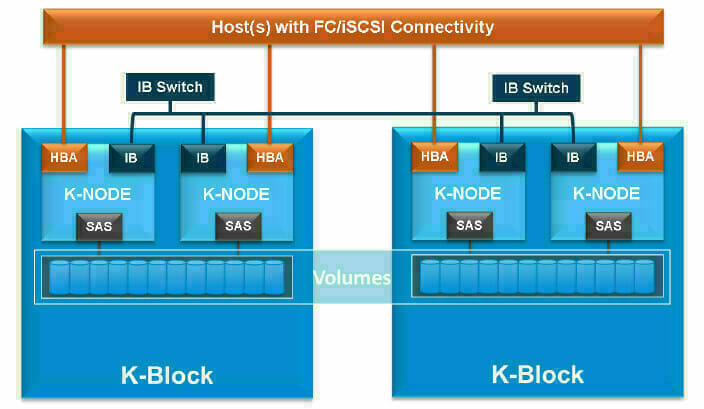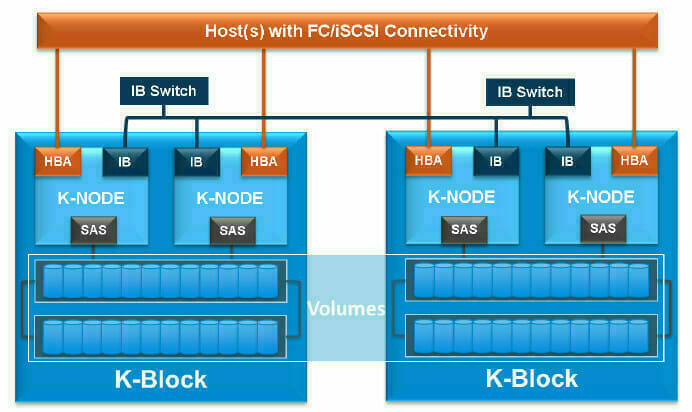Flash as a storage media is a game changer!
Flash and All-Flash Arrays have become synonymous with performance. However, they are also regarded as expensive and lacking the full set of enterprise features, and are to be used as a solution for a specific pain point or a single application.
Cornerstone has partnered with Kaminario to deliver high performance Flash storage for VDI, Oracle and SQL environments.
Flash prices have gone down considerably over the last few years and Flash as a storage media has gained maturity, yet the adoption and deployment gap between HDD-based storage and Flash-based storage is still prevalent in spite of the obvious shortcomings of HDD storage arrays.
Scalable Performance and Resilience Architecture (SPEAR)
SPEAR is the secret sauce that binds best-of-breed enterprise hardware components to an All-Flash Array. SPEAR is software-defined, meaning it is agnostic to any hardware or technology. SPEAR can easily and economically adapt to any advancements made in CPU power, networking and Flash media. Scalability combined with non-disruptive upgrades guarantees continuity and progress of both hardware and software within the array.
K-BLOCK
The K-Block is the building block of the K2 All-Flash Array, and encapsulates the following hardware components:
- Two K-Nodes, each a 1U storage controller
- Each K-Node provides full redundancy for its components:
- Two 8Gbps FC ports and two 10GbE iSCSI ports for external host connectivity
- Two 40Gbps InfiniBand ports for K-Node backend interconnectivity
- Two 6Gbps SAS ports for internal connectivity with the K-Block’s SSD shelves
- Two hot-swappable PSUs
- Two hot-swappable Battery Back Units (BBU)
- Base SSD shelf, 2U in size
- 24 hot-swappable SSDs; Enterprise grade SSD with MLC Flash
- Two hot-swappable controllers
- Two hot-swappable PSUs
- Expansion SSD shelf, 2U in size
- Same as the base SSD shelf

Scale-Up Architecture
Scaling up means adding more capacity by adding Expansion Shelves without adding K-Blocks.
- The expansion increases the capacity density and reduces the cost per GB
- The Expansion Shelf is connected redundantly using SAS connectivity
- The expansion is done online with no downtime or decrease in performance
- The new configuration has the same performance as before
- Existing volumes are automatically redistributed between all the SSDs in the array
- No need to change any host connections or definitions

Scale-Out Architecture
Scaling out means to increase the number of K-Blocks, thus adding more capacity and compute power.
- The expansion linearly increases the capacity, IOPS and throughput. The latency is kept consistently low and is indifferent to the expansion.
- Two InfiniBand switches are required to support the interconnect between all the K-Nodes in the array. Scaling beyond two K-Blocks will not require any additional networking hardware.
- The expansion is performed online with no downtime or decrease in performance
- Existing volumes are automatically redistributed between all the SSDs in the array and can be accessed from every K-Node in the array.
- New hosts can be connected to the new K-Block, and the new and existing hosts can access all new and existing volumes.

Scale-Up and Scale-Out
There is no particular order in which the K2 scales. The K2 can first scale up, then scale out and vice versa. This flexibility removes any compromises of using a storage array that is not tailored to the customer’s needs and datacenter requirements.
For example, scaling-up in a dual K-Block array with two Expansion Shelves is shown below:

For more information about increasing the performance of your VDI, SQL and Oracle environments with Kaminario Flash storage, contact Cornerstone today!
